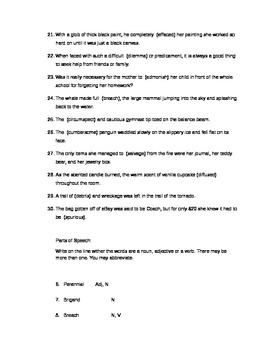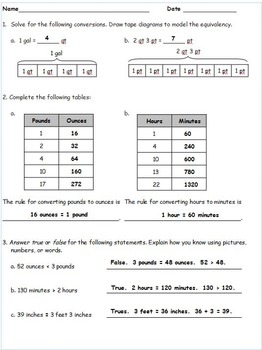

Keywords: stars, nebula, Hubble Space Telescope, galaxy, stellar evolutionĪctivities looking at and measuring objects in the night sky. Keywords: Earth, topography, atmosphere, satellite technology, scientific process, satellite images, extraterrestial objects, meteorite, teamwork, data analysis, velocity, kinetic energy, latitude, longitude, geographyĪctivities designed to look at how we are protected from the sun's atmosphere. Students can see how remote satellite images are used to learn about drainage systems and catchment basins on Earth as well as their possible existence on other planets. Students construct a model of a catchment basin. Keywords: Earth, topography, atmomsphere, satellite technology, scientific process, satellite images, extraterrestial objects, meteorite, teamwork, data analysis, velocity, kinetic energy, latitude, longitude, geography

Remote satellite images of the Earth are used to distinguish impact craters from other landforms. Keywords: erosion, landforms, craters, channels, planet origin, geography, volcanoes, earthquakes, day, year, charting, compare and contrast, topography, physical processes Remote satellite images of Earth and Mars are used to compare and contrast physical processes that occur on both planets. Keywords: satellite imaging, impact craters, water pathways, comparing planets, change over time Keywords: models, comparisons, solar system, estimation, distances, sizes, Voyager, Gemini, shuttle, space stationĪctivities introduce students to Earth's remote sensing tools and changes observed from space over time. Keywords: Mercury, Venus, sun, astrobiology, brightness, stars, galaxy, universe, predictionsĪctivities to compare models of the size of Earth to other planets and the distances to other planets. Keywords: surfaces, craters, hydrology, careers, astrobiology, online programs, extraterrestrialĬombines activities used to help students understand how extra-solar and Earth-like planets are detected. Students analyze physical processes that occur on Earth and Mars and compare differences on how particular similar physical features occur. Keywords: meteorite, impact, geography, scientific process, measurement, volume, angle, velocity, rays, scatter pattern, meteor, topography Keywords: cratering, geometry, triangulation, geology, meteorite, meteorite originĪctivities to help students understand how meteorites can unlock answers to the early history of the solar system and how meteorites and their big brother, asteroids, have played a role in shaping planetary surfaces. Keywords: mass, trajectory, ratio, planet distances, design process game, problem solvingĪctivities to help students understand the physical characteristics of the moon. Keywords: weather, ultraviolet light, Earth tilt, climate change, equinox, day and night, orbitsĪctivities that are based on the planet Mars and factors that affect space travel. Students explore different factors related to seasonal changes.

Keywords: global warming, hydrosphere, cryosphere, ice, glaciers, tilt, radiation, sun soil, ultraviolet light Activities introduce changes in water, ice and soil as well as understand how they reflect climate.


 0 kommentar(er)
0 kommentar(er)
